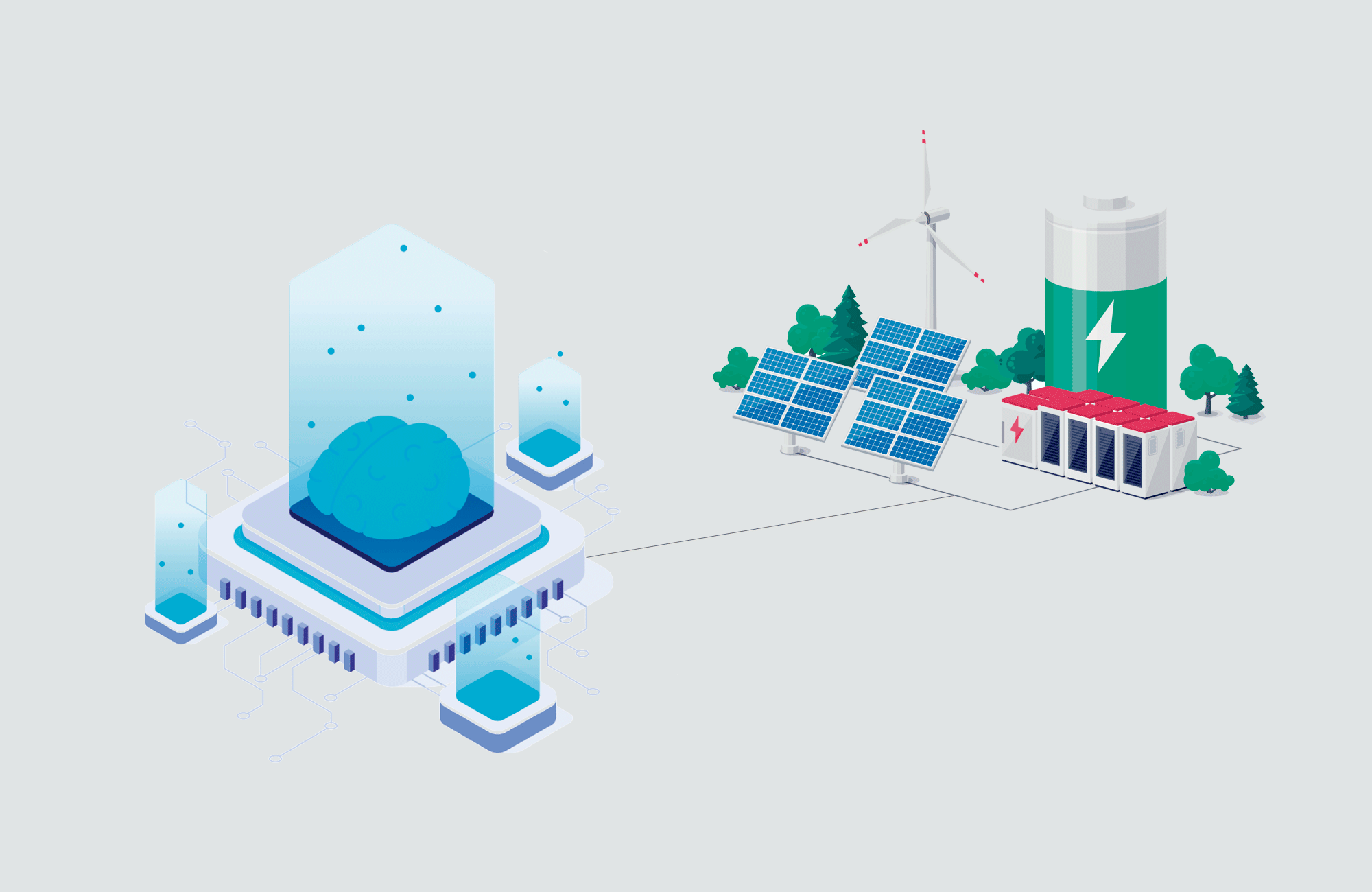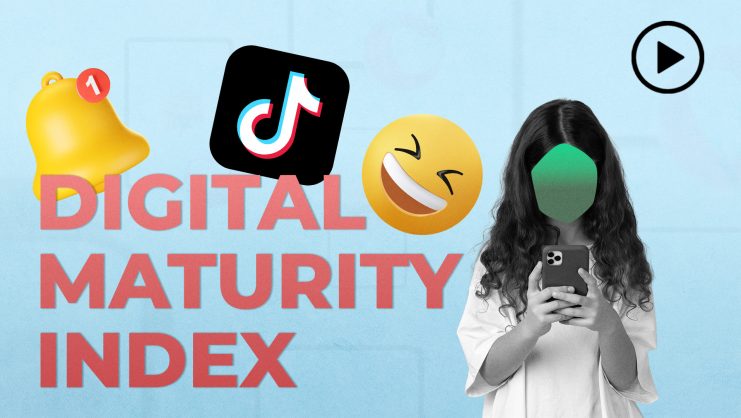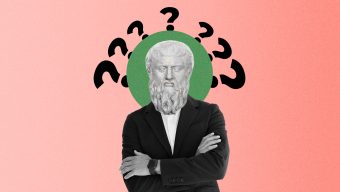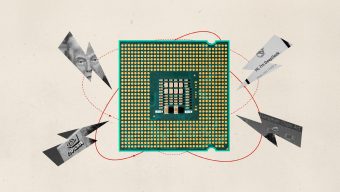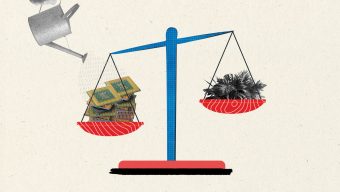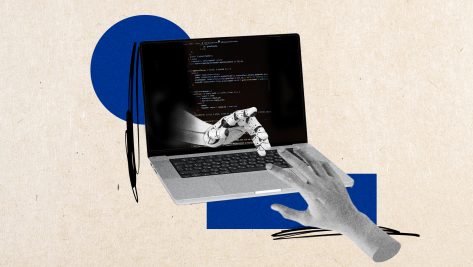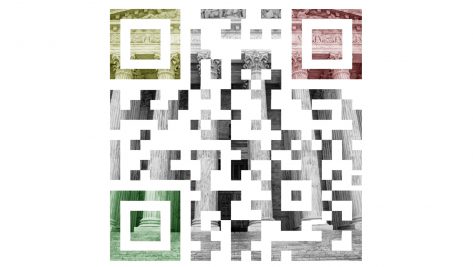In the past year, a variety of events have exposed the vulnerabilities of the EU energy system, from heatwaves setting record temperatures across the European continent, cyberattacks disturbing oil refining hubs in Amsterdam-Rotterdam-Antwerp, to Russia’s war against Ukraine and the weaponization of energy resources leading to the suspension of natural gas supplies that disrupted global energy markets. In response to the compounding effects of these shocks and the fragilities they uncovered, the EU and US set up a joint Task Force on Energy Security, in tandem with the REPowerEU plan “to reduce Europe’s dependence on Russian fossil fuels and fast-forward the green transition.”
The plan focuses on energy savings, diversifying energy supplies, and accelerating the rollout of renewable energy. The measures announced cover essential actions such as awareness campaigns for energy demand reduction, modernizing regulatory frameworks to speed up technology adoption, funding of solar, wind, and hydrogen projects, and increasing gas reserves to prevent supply shortages.
The REPowerEU plan is well-intentioned in building a clean and resilient energy system. However, an ambitious energy security strategy must be tightly coupled with an Artificial Intelligence strategy to serve as a catalyst and main enabler of the energy transition. AI uses mathematical models to identify patterns within large datasets and then uses those patterns to make predictions and support decision-making. Due to its capabilities, AI offers endless applications in the energy system. For example, it may be implemented to forecast the performance of renewable energy sources, support infrastructure maintenance through early failure detection in power systems, and can infer energy consumption patterns to recommend personalized adjustments for consumers.
The EU’s future energy system will incorporate a diverse network of energy assets and smart devices, making it complex, decentralized, and “intelligent.” Renewable energies are distributed by nature since they are highly dependent on geography and climate. This decentralization can build resiliency as it avoids single points of failure and prevents systemic risks. However, it also poses several challenges such as the remote management of these distributed assets and balancing the intermittency of renewable energies including solar and wind.
We will need the capacity of AI to efficiently aggregate, process, analyze, and extract insights in near real-time.
Meanwhile, the network of energy assets will be supported by data from trillions of devices such as weather sensors, smart energy meters, digital twins of energy infrastructure as well as electric vehicles, batteries, and charging stations. These smart devices will generate a massive amount of data points, adding another layer of complexity to the system. Here is where the role of AI will become fundamental. We will need the capacity of AI to efficiently aggregate, process, analyze, and extract insights in near real-time, to then disseminate valuable information to a broad spectrum of stakeholders.
In this sense, the energy sector invites big and small players to offer innovative solutions. An example worth highlighting is Google’s carbon-intelligent platform, which uses AI to make predictions of how heavily a given grid will be relying on carbon-intensive energy. This is crucial in accelerating the adoption of renewable energies, as Google can adapt its energy demand to match the variability of solar and wind power generation. In fact, Google was the first major company to be carbon-neutral – way back in 2007 – and since 2017, they have been matching 100% of their annual electricity use with renewable energy purchases. According to Antonio Delgado, Principal Architect at Google, “Google can now shift moveable compute tasks between different data centers, using AI to predict regional hourly carbon-free energy availability. The climate-friendliness or carbon footprint of energy used by data centers fluctuates throughout the day so when compute tasks are proposed to run at one location, we can check to see if moving them to a different location is more climate friendly.” This makes the best use of carbon-free energy around the world, without requiring any additional computer hardware.
Just as Big Tech is innovating in the energy sector, startups are also shaping our current system and applying the benefits of AI to the question of energy security. In line with energy savings campaigns proposed by the EU, Spain-based startup NeoLux implements AI to help extract energy usage patterns and identify areas where consumers can make changes to reduce their energy demand. Alain Grullon, CEO & CO-Founder of NeoLux explains that “when the user complies with the recommendation system, they receive points that bring them closer to being an ‘energy efficiency hero’ And they can exchange these points for discounts on their electricity bill, self-consumption plants, more efficient appliances, etc.”
As more actors get involved in generating new answers to the problem of energy security, there are several challenges that must be addressed. For example, as we incorporate trillions of smart devices and digital twins into our energy system, we are also expanding the attack surface on critical infrastructure. For this reason, there is an imperative need for robust cybersecurity measures. Additionally, research and development must continue if we are to improve the capabilities of AI in the sector and develop more efficient AI models that consume less computing power.
It is essential that we approach the use of AI in the energy sector carefully and thoughtfully – only by doing so can we unlock the full potential of AI to support a more secure and sustainable energy future. The future does look promising. By marrying its energy security and AI strategies, the EU may not only become the first carbon-neutral continent by 2050, but may one day be the world leader in AI.
© IE Insights.



